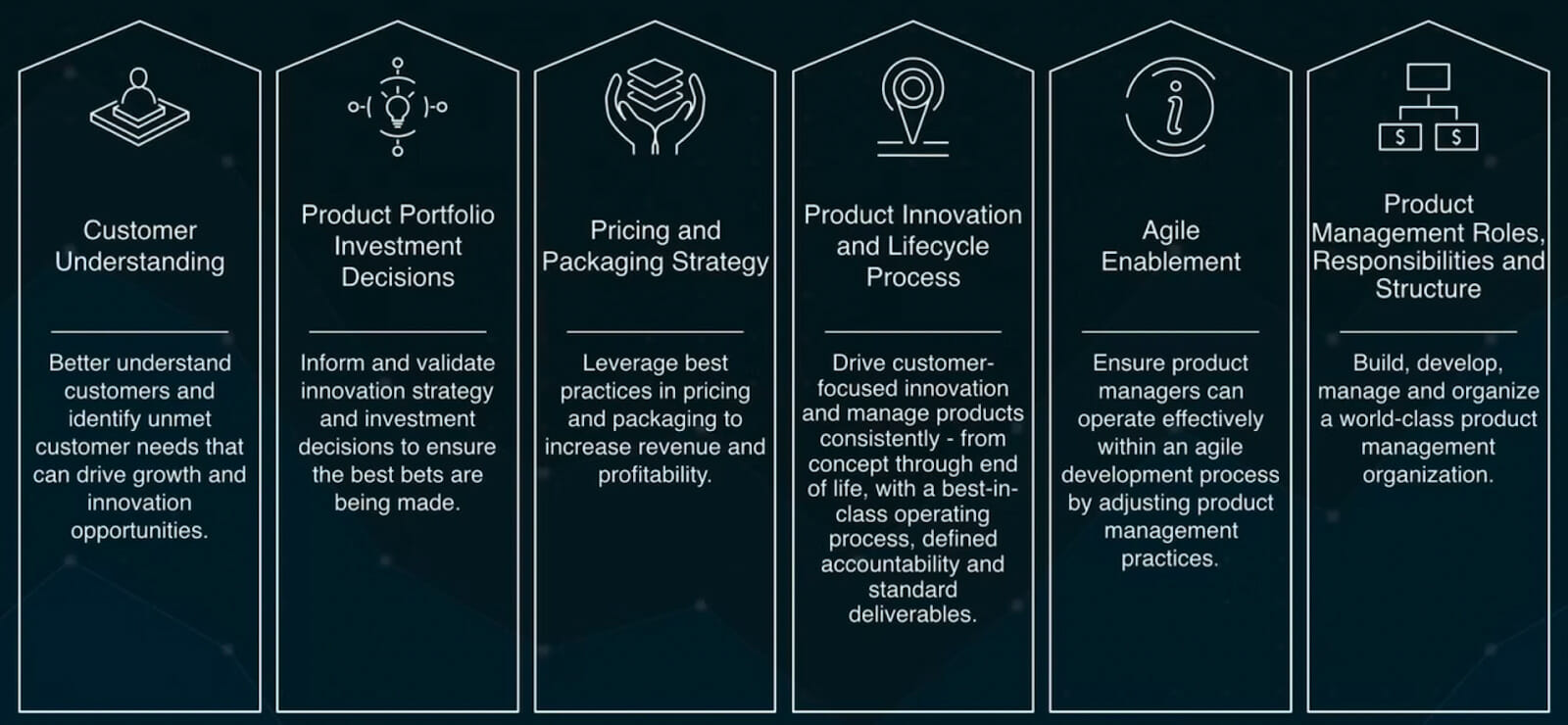Creating a successful product requires a clear vision. Equally important, it requires confidence that the vision is aligned with the needs of the customers the company exists to serve. Without this, product leaders tend to either hedge their bets with small, safe, incremental adjustments or make no progress at all because they lack confidence in the right solution.
Organizations must develop a deep understanding of their customers to gain this level of confidence. When teams possess this understanding, it gives them insight into how they fit into their customers’ lives, and an opportunity to nurture a powerful connection with customers.
A Tale of two Brands
Gibson and Fender are the two most iconic guitar brands. Each has a long history of great products that have shaped the musical instruments industry for several decades. Today though, the companies are in very different situations.
In recent years, Gibson pursued an approach that might be described as “innovation for innovation’s sake.” Gibson’s robot guitar was a great example of a product developed with new, press-worthy features, without being grounded in meaningful customer insight.
Fender, on the other hand, took a more customer-focused approach to innovation. It sought out insights on its customers and discovered, among other things, that new buyers spend four times as much on lessons as they do on equipment. This helped to inform its focus on developing its learning platform, Fender Play.

In 2018, Fender stated that its growth had outpaced the musical instrument market overall. That same year, Gibson filed for bankruptcy. Both have been affected by the peaks and valleys of the industry they inhabit, but their approaches to innovation in their products has been the determining factor for each company’s status today.
The “What” and the “why”
There’s a scene in the movie Groundhog Day where Phil (Bill Murray) is trying to capture the romantic attention of Rita (Andie MacDowell). To win her over, he gathers information about her behaviors and preferences, likes and dislikes, and then tailors his own behavior to match. Despite all this data, Phil is unable to create a meaningful connection with her. He doesn’t realize that simply knowing all of her favorite things and activity patterns won’t create a real connection.
Just like Phil, product leaders have a seemingly unlimited amount of quantitative data available to them today. It’s easier than ever for teams to instrument their products to gather data that documents what their customers are doing. This data gives them unprecedented knowledge of their customers’ behavior (the what), but it doesn’t tell them how to get to the why. Why do customers use your product? What job are they hiring your product to do for them? What does success mean to the customer? What do they worry about? What role does technology play in their work and home life?
The “what” is certainly important, but the “why” represents insights that are valuable for defining the product roadmap. Getting to that “why” requires qualitative customer research. Product teams that have developed a meaningful understanding of their customers aren’t just running analytics reports or sending out mass NPS surveys. They’ve prioritized spending time with their customers and doing real research to uncover what’s most important to them, what they struggle with, and what they’re looking to accomplish.
Great Insight Enables Great Solutions
Spending time with customers doesn’t need to be expensive and time-consuming. It simply requires that the product team embrace it and plan for it. Product teams that invest the time to get to know their customers – their aspirations, struggles, and concerns – will have a much greater understanding of how to design successful products and services that truly meet needs and make a difference.
There is a direct correlation between time spent with customers and great solutions. Jared Spool and his team at UIE found that product teams who spent a minimum of two hours every six weeks with customers showed significant improvements over design teams who only spent time with customers once a year or less. This is an inexpensive investment, especially considering the advantages it provides to the team.
By investing the time to get to know who the organization’s customers are, product leaders can more swiftly and confidently innovate new products and services that will truly resonate with customers.
This is a sneak preview of the first chapter of “Design Principles for Product Leadership”. The other chapters will be available on studioscience.com in the weeks ahead.








Comments
Join the community
Sign up for free to share your thoughts